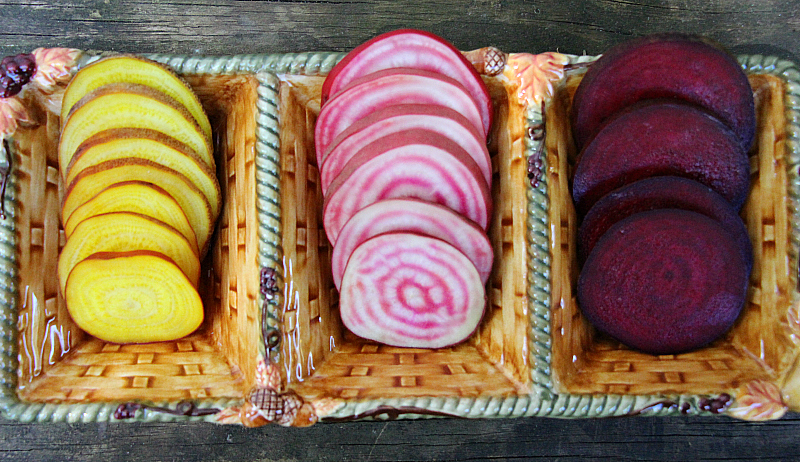
Beets may be humble, but they sure are mighty. Packed with fiber, potassium, folic acid and manganese, these roots have been a staple crop since before the Roman Empire, though our modern, orb-shaped roots weren’t developed until the 15th century.
Like several other popular garden crops, including carrots and chard, beets are biennials. Their first year of growth results in foliage and thick, fleshy roots, but the plants don’t produce flowers and set seed until their second year—that is, if they survive the winter. Beets are cold-hardy, as well as heat-tolerant, making them the perfect crop for both new and long-time gardeners alike. Employ a few of these beet-growing tips, and you’ll really be able to maximize your harvest .
Tips For Growing Great Beets
- For long-term storage, pack layers of unwashed roots in a bin or tub of damp sand in a root cellar or cold basement. If kept just above freezing, the roots will last for months.
- Baby beet roots can be harvested when the roots reach about 1 inch in diameter. Or, wait until the beets grow 4 or 5 inches across for larger roots.
- If a soil test shows a phosphorous deficiency in your garden, side-dress beet-planting sites with bonemeal or rock phosphate down the length of the row.
- Beets prefer a soil pH between 6.0 and 6.8, so be sure to get a soil test every few years and adjust the pH as necessary.
- Keep the soil moist until the seedlings germinate. After thinning, mulch with a layer of straw or shredded leaves to cut down on future watering needs.
- For the earliest harvest, sow beet seeds indoors, under grow lights, four to six weeks before transplanting them out into the garden in early spring. Be sure to harden the seedlings off before moving them outside.
- Work the garden’s soil to a depth of 6 to 8 inches and add lots of organic matter prior to planting. Beet roots grow best in loose, friable soil.
- Beets perform best in full sun, though they’ll tolerate afternoon shade, especially where summers are hot.
- Start planting beet seeds directly into the garden about four weeks before your last expected spring frost and keep planting more seeds every two weeks all the way through the summer and early fall for a continual harvest.
- Most beet seeds are multigerm, meaning each seed contains several embryos, not just one. This means multiple plants arise from each planted seed, making thinning absolutely necessary. Thin the seedlings to 3 or 4 inches apart when they’re about an inch tall.
- If leafminers become problematic, grow your beets under a protective layer of floating row cover. With this in place, adult leafminers can’t access the plants to lay their eggs on the leaves.
- Beets and other root crops need an ample amount of phosphorous to grow large roots. Because this nutrient’s availability is dependent on the soil pH, it’s essential to keep the pH between 6.0 and 6.8. This is one of the most valuable beet growing tips for gardeners because soil pH is all too often overlooked.
- Young beet greens can be harvested and used fresh in salads. Mature beet greens can be steamed, braised or sautéed before enjoying their delicious flavor.
- Store harvested, unwashed roots in a plastic bag in the fridge, after cutting off their tops. Leave an inch or so of stem intact.
- Don’t be afraid to try different varieties of colored beets, too, as each color root provides your body with different nutrients. Golden beets, Chioggia beets and Albino beets are my personal favorites.



